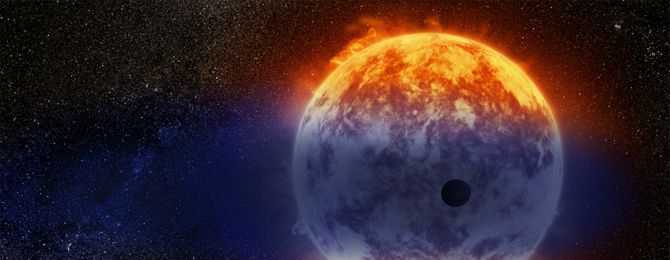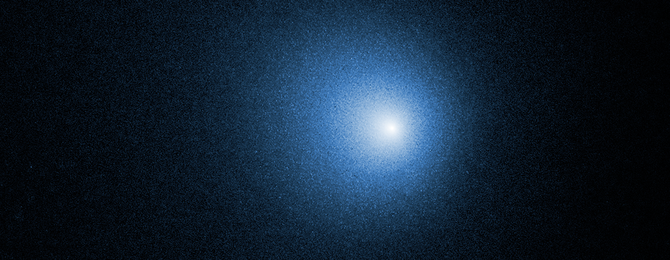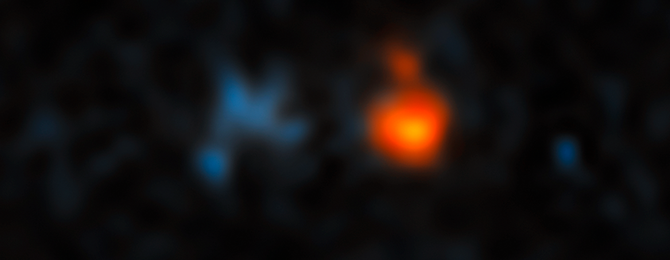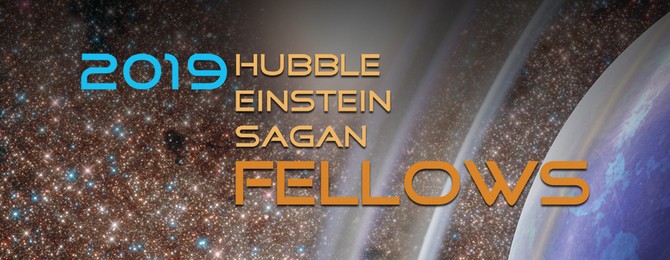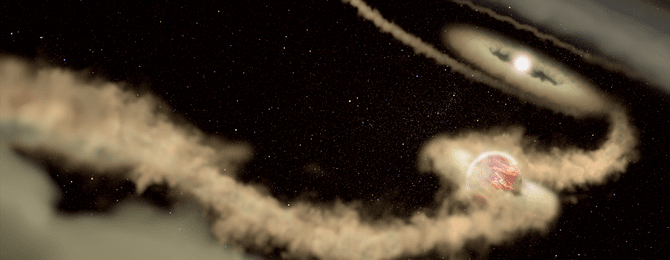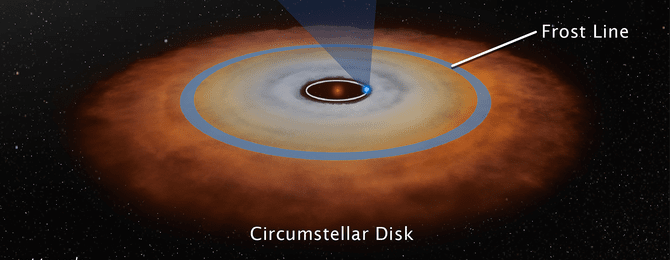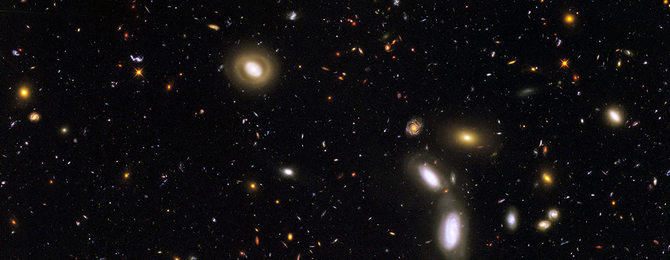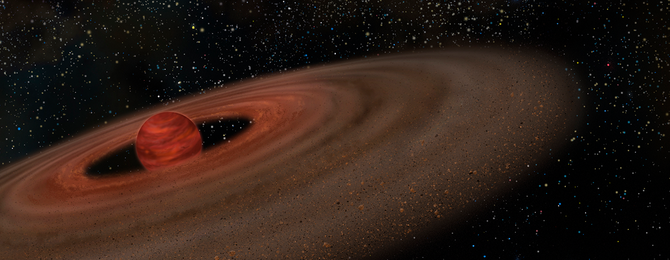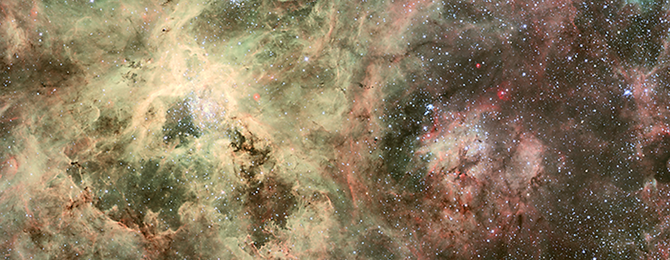Robby
Helper Bot
Celebratory Galaxy Photo Honors 25th Anniversary of NASA's First Hubble Servicing Mission

Over the past 28 years Hubble has photographed innumerable galaxies throughout the universe, near and far. But one especially photogenic galaxy located 55 million light-years away holds a special place in Hubble history. As NASA made plans to correct Hubble's blurry vision in 1993 (due to a manufacturing flaw in its primary mirror) they selected several astronomical objects that Hubble should be aimed at to demonstrate the planned optical fix. The magnificent grand spiral galaxy M100 seemed an ideal target that would just fit inside Hubble's field-of-view. This required that a comparison photo be taken while Hubble was still bleary-eyed. The Wide Field/Planetary Camera 1 was selected for the task. And, the picture had to be taken before astronauts swapped-out the camera with the vision-corrected Wide Field/Planetary Camera 2, in December 1993. Following the servicing mission Hubble re-photographed the galaxy again, and it snapped into crystal clear focus. The public celebrated with Hubble's triumphant return to the clear vision that had been promised. And, jaw-dropping pictures of the vast universe that followed have not disappointed space enthusiasts. Because of the astronaut servicing missions, Hubble's capabilities have only gotten better. To commemorate the 25th anniversary of the first servicing mission, this 2-panel photo compares the blurry, pre-servicing 1993 image to a 2009 image taken with Hubble's newer, Wide Field Camera 3 instrument, installed during the last astronaut servicing mission to the space telescope.
(More at HubbleSite.com)

Over the past 28 years Hubble has photographed innumerable galaxies throughout the universe, near and far. But one especially photogenic galaxy located 55 million light-years away holds a special place in Hubble history. As NASA made plans to correct Hubble's blurry vision in 1993 (due to a manufacturing flaw in its primary mirror) they selected several astronomical objects that Hubble should be aimed at to demonstrate the planned optical fix. The magnificent grand spiral galaxy M100 seemed an ideal target that would just fit inside Hubble's field-of-view. This required that a comparison photo be taken while Hubble was still bleary-eyed. The Wide Field/Planetary Camera 1 was selected for the task. And, the picture had to be taken before astronauts swapped-out the camera with the vision-corrected Wide Field/Planetary Camera 2, in December 1993. Following the servicing mission Hubble re-photographed the galaxy again, and it snapped into crystal clear focus. The public celebrated with Hubble's triumphant return to the clear vision that had been promised. And, jaw-dropping pictures of the vast universe that followed have not disappointed space enthusiasts. Because of the astronaut servicing missions, Hubble's capabilities have only gotten better. To commemorate the 25th anniversary of the first servicing mission, this 2-panel photo compares the blurry, pre-servicing 1993 image to a 2009 image taken with Hubble's newer, Wide Field Camera 3 instrument, installed during the last astronaut servicing mission to the space telescope.
(More at HubbleSite.com)

